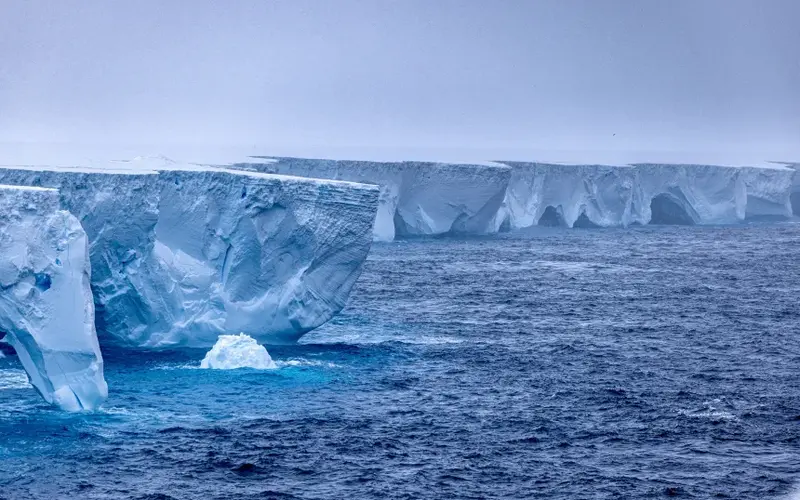World's Largest Iceberg Breaking Up: A23a's Journey
Wednesday, 2025/10/08229 words3 minutes2319 reads
The world's largest iceberg, A23a, is currently undergoing a rapid disintegration process in the South Atlantic Ocean near South Georgia island. This colossal ice mass, which calved from the Filchner-Ronne ice shelf in Antarctica in 1986, has been a subject of intense scientific scrutiny for decades.
A23a's journey has been remarkable. After remaining grounded on the Antarctic's Weddell Sea floor for over three decades, it finally broke free and began its northward drift. The iceberg's movement has been influenced by complex ocean currents, including the Southern Antarctic Circumpolar Current Front (SACCF), which has guided its anti-clockwise trajectory around South Georgia.
The current fragmentation of A23a is attributed to warmer water temperatures and the onset of the southern spring. This process mirrors the fate of other megabergs, such as A68 and A76, which also disintegrated in the vicinity of South Georgia. The breakup of A23a not only signifies the end of its reign as the world's largest iceberg but also provides scientists with valuable data on the behavior of large ice masses in a changing climate.
Researchers from the British Antarctic Survey are particularly interested in the environmental impact of A23a's grounding and subsequent release of cold freshwater. This event offers a unique opportunity to study the effects of large-scale ice movements on marine ecosystems, potentially providing insights into future scenarios as global warming continues to influence polar ice dynamics.
